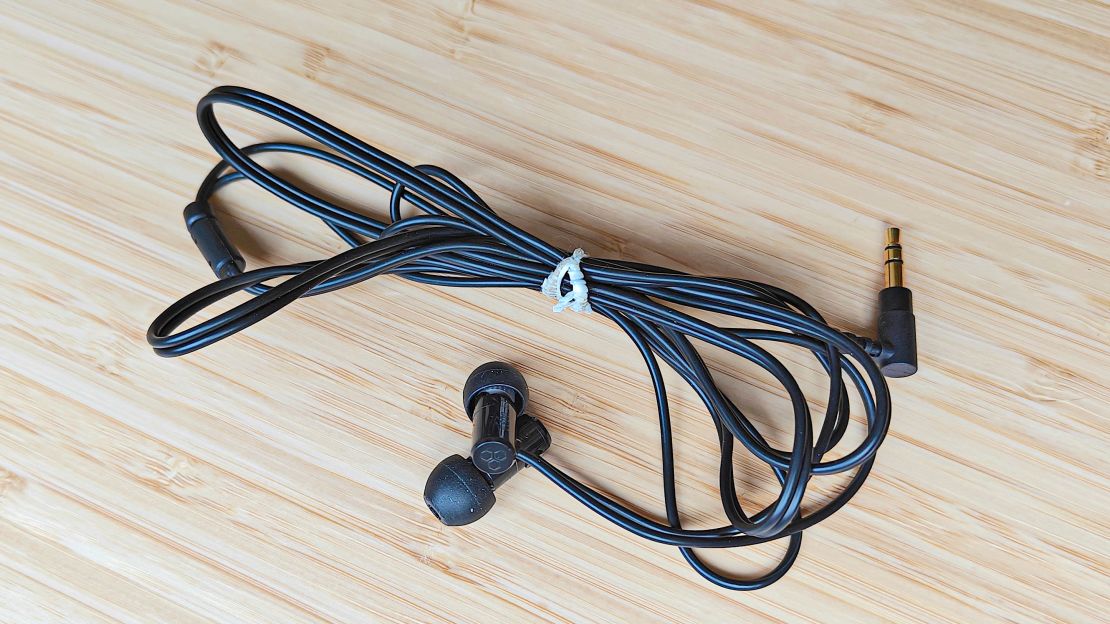How to Connect Wired Headphones to Android Phone: Here Are Big Tips
If you're a professional photographer, you know how essential good sound quality can be, especially while you're on set or capturing breathtaking moments. Knowing how to connect wired headphones to Android phone can revolutionize your audio experience, allowing you to monitor sound directly during shoots or edits. However, the process can be confusing for some. This article breaks down the method you need to know to enhance your work with seamless audio connectivity.
As technology evolves, many photographers find themselves questioning the suitability of their gadgets in the fast-moving world they operate in. This guide aims to make the transition as smooth as possible, ensuring you enjoy the sound quality that only wired headphones can offer.

Why Choose Wired Headphones?
Before we plunge into the connection process, let's discuss why wired headphones might be your go-to choice as a photographer. Wired headphones provide superior audio quality without the interference common in wireless devices. When your work demands perfect clarity in sound, like during a video shoot, you need equipment that does not compromise quality.
Another reason to opt for wired headphones is consistency. Battery life can be a concern with wireless headphones, and that risk is eliminated when you plug into a reliable wired option. The last thing you want is your audio device dying mid-shoot. For more reasons about using wired headphones, check out this article on wired vs wireless headphones.

The Process of Connecting Wired Headphones
Connecting wired headphones to your Android phone is typically a straightforward process. Heres a step-by-step guide:
1. Identify Your Device's Port
Most Android phones come with a standard 3.5mm headphone jack, but not all of them do. First, check if your device has this jack. If it doesn't, you might need an adapter to connect your wired headphones.
2. Gather Your Tools
You will need your wired headphones and your Android device. If using an adapter, ensure it's compatible with your headphone plug and the phone's charging port.
3. Plug-In the Headphones
Simply insert the headphone jack into the 3.5mm port or adapter. You should hear a small click indicating a secure connection. If you are using an adapter, connect it to your charging port first before attaching the headphone jack.
4. Adjust Settings if Necessary
Sometimes, your device will automatically recognize the connected headphones. However, its essential to check the audio settings under your phone's settings menu. Navigate to Sound & Vibration to adjust the audio output if required.

Issues and Troubleshooting
It's not uncommon for photographers to face issues while connecting their headphones. Here are some common problems and solutions:
1. No Sound
If theres no sound coming from your headphones, first check the connection. Unplug and reinsert the headphone jack. If this does not resolve the issue, there's a possibility of a problem with either the phone's port or the headphones themselves.
2. Poor Sound Quality
If the sound is not clear, try a different pair of headphones. The issue might be due to wear and tear on your current headphones. For enhanced sound quality, consider reading more about why wired headphones sound better.
3. Compatibility Issues
If your Android phone lacks a headphone jack and you cannot find a working adapter, consider purchasing a compatible pair of Bluetooth headphones. Alternatively, look for accessories that allow you to connect your wired headphones effectively.

Additional Tips for Professionals
As professional photographers, leveraging the right audio tools can add remarkable value to your work. Here are a few tips for getting the best out of your wired headphones:
1. Choose Quality Brands
Not all headphones are created equal. Invest in a reputable brand known for superior audio quality. A good pair of wired headphones can drastically improve your monitoring capabilities.
2. Keep It Organized
Ensure that your headphones are tangle-free and stored safely to avoid any damage. Consider using a dedicated case to keep them organized, especially when on the go.
3. Learn Your Controls
Familiarize yourself with the remote controls available on your wired headphones. They often include volume control and play/pause features. Understanding these controls can aid in multitasking during shoots.
Conclusion
Learning how to connect wired headphones to an Android phone can enhance your working experience, allowing you to focus better on your craft. Sound quality is integral, and wired headphones often deliver the clear and consistent audio needed for high-level photography work.
By mastering this simple connection method and following the tips outlined, you can further elevate your audio experience and ensure that every moment is captured with the clarity it deserves. For more tips on wired headphones and technology in photography, feel free to visit our resources.
Frequently Asked Questions
1. What type of headphone is best for photography?
While personal preference varies, wired headphones are often preferred for clarity and reliability. Brands like Bose and Sony are popular among professionals.
2. Can I use an adapter for headphones?
Yes, many Android phones require an adapter for wired headphones. Make sure to get one compatible with both your headphones and your phone.
3. Why not use Bluetooth headphones instead?
While Bluetooth headphones have their advantages, such as portability, they may not offer the same audio fidelity as wired options, especially in noisy environments.
As an Amazon Associate, I earn from qualifying purchases.

